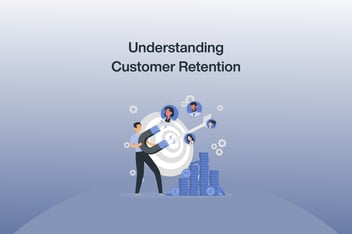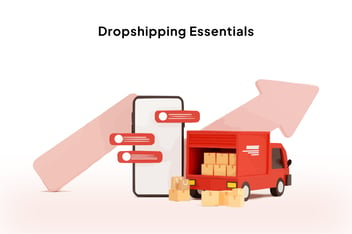Subscription-based business models have gained significant momentum, reshaping the way consumers access products and services. This article delves into the concept of subscription ecommerce, elucidating its essence, benefits, and key strategies for businesses looking to capitalize on this dynamic and profitable approach.
Understanding Subscription Ecommerce
Subscription ecommerce, also known as subscription box or membership ecommerce, revolves around the recurring delivery of products or services to subscribers. This model's fundamental premise lies in offering convenience, personalization, and a smooth shopping experience. Instead of making one-off purchases, customers commit to regular, often monthly, subscriptions, receiving a curated selection of goods or services tailored to their preferences.
The Appeal of Subscription Ecommerce
- Predictable Revenue Streams: For businesses, subscription models provide a steady stream of revenue. Unlike traditional ecommerce, where sales can be sporadic, subscription services offer reliable income as subscribers are billed at regular intervals.
- Enhanced Customer Loyalty: Subscription-based businesses cultivate a dedicated customer base. Subscribers are more likely to stay engaged with your brand, leading to increased customer lifetime value.
- Personalization: Subscription models allow for tailored experiences. By understanding subscribers' preferences, businesses can curate offerings that resonate with their target audience.
- Reduced Customer Acquisition Costs: Acquiring new customers can be costly. Subscription ecommerce focuses on retaining existing customers, reducing the need for continuous marketing spend to attract new ones.
Key Strategies for Success
- Product Selection and Curation: The heart of subscription ecommerce is product selection. Choose items or services that align with your target audience's interests and needs. Ensure that your offerings maintain a high level of quality to keep subscribers satisfied.
- Pricing and Billing Transparency: Transparency is crucial. Clearly outline subscription costs, billing frequency, and cancellation policies to establish trust with your customers.
- Engaging Customer Experience: The customer journey should be enjoyable and seamless. Invest in user-friendly interfaces, easy subscription management, and responsive customer support.
- Data-Driven Insights: Leverage data analytics to gain insights into subscriber preferences and behavior. This information can guide product curation and personalized marketing efforts.
- Flexibility in Subscriptions: Allow customers to tailor their subscriptions as per their needs. Offer options like one-time purchases, the ability to skip a month, or pause the subscription.
- Effective Marketing: Promote your subscription service through multiple marketing channels. Content marketing, social media, and email campaigns can help attract and retain subscribers.
Examples of Successful Subscription Ecommerce
- Birchbox: This beauty subscription service delivers curated skincare and makeup products monthly. Birchbox's success lies in personalization and customer feedback, as subscribers can review products to refine future boxes.
- Blue Apron: Blue Apron provides meal kit subscriptions, offering fresh ingredients and chef-designed recipes. Their appeal is rooted in convenience and culinary exploration, simplifying home cooking for subscribers.
- Dollar Shave Club: Focused on grooming, Dollar Shave Club delivers razors and grooming products. They've disrupted the traditional razor market by emphasizing affordability and customization.
- Netflix: While not a traditional e-commerce business, Netflix's subscription model is an exemplary case of subscription ecommerce in the streaming industry. It offers a vast library of content for a monthly fee, leading the way in on-demand video streaming.
Subscription ecommerce is an approach that caters to modern consumers seeking convenience, personalization, and predictability. The appeal of subscription models lies in their ability to establish long-term relationships with customers, ensuring consistent revenue and fostering brand loyalty. By carefully curating products or services, maintaining pricing transparency, and providing an engaging user experience, businesses can thrive in the world of subscription ecommerce. As the ecommerce milieu continues to evolve, the subscription model presents a compelling opportunity for businesses to not only adapt to changing consumer preferences but also to thrive in a competitive marketplace.




